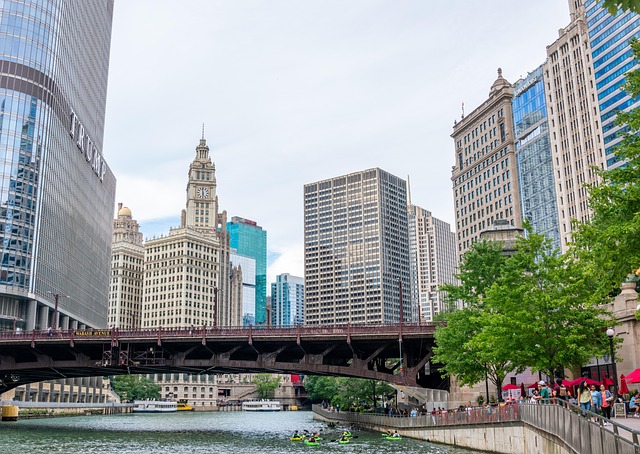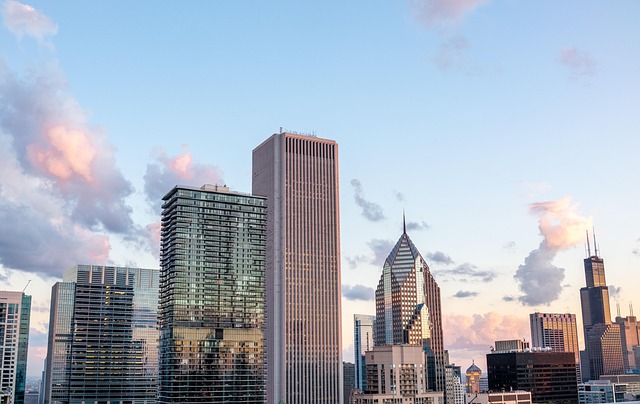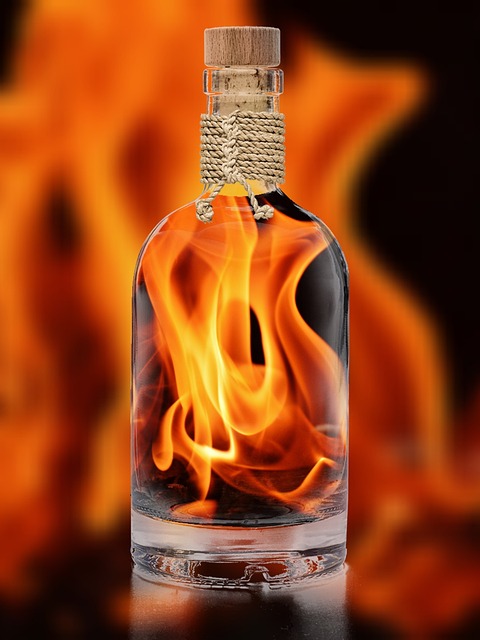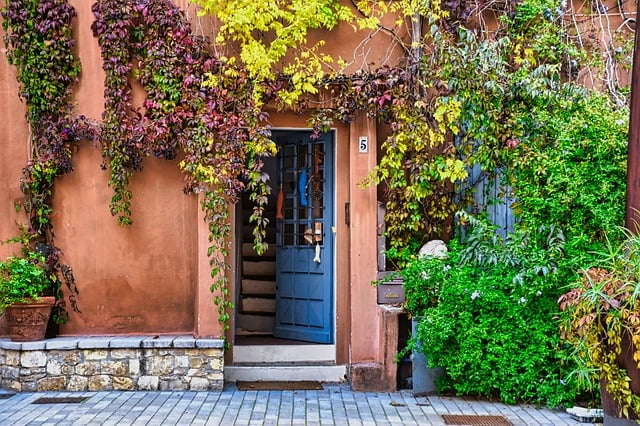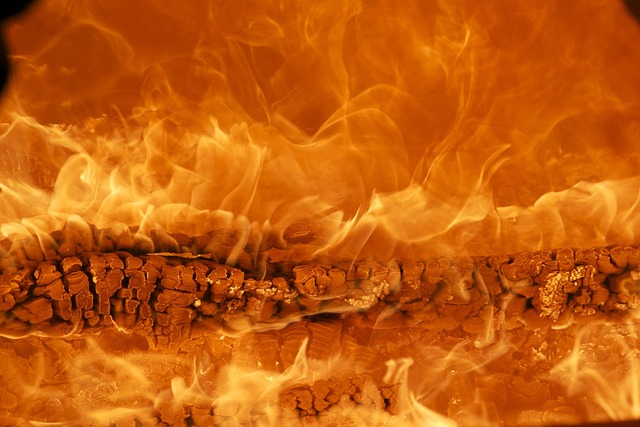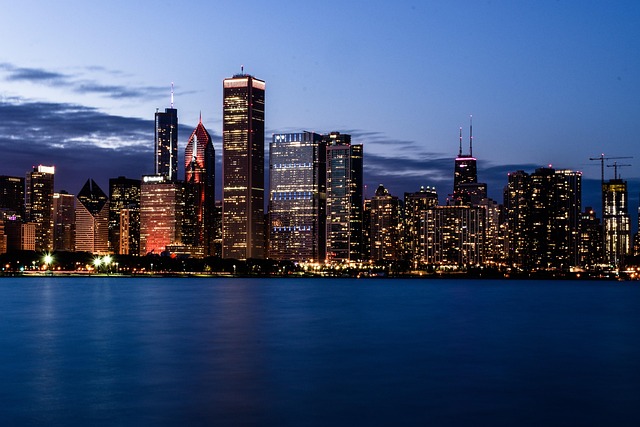Smoke damage from fires in Chicago can significantly impact homes, reducing property value and posing health risks. Prompt remediation is crucial for selling affected properties. The process involves a structured approach: inspection, containment, removal of charred materials and contaminants, deep cleaning, repairs, and adherence to local building codes. Homeowners must disclose fire damage transparently and review insurance policies, as Chicago mandates legal transparency regarding smoke damage. Effective restoration planning prioritizes safety, documentation, safe debris removal, and professional assistance for extensive damage, key steps when selling a fire-damaged house in Chicago.
In the event of a fire, smoke damage can leave behind profound impacts on properties in Chicago. Understanding the extent of this damage is crucial before considering remediation options. This comprehensive guide delves into the process of smoke damage cleanup, offering a step-by-step approach tailored to Chicago residents. Additionally, we explore legal and insurance considerations for those looking to sell a fire-damaged house in Chicago, along with expert tips for effective post-fire cleaning.
- Understanding Smoke Damage: The Impact on Properties in Chicago
- The Process ofSmoke Damage Remediation: Step-by-Step Guide
- Legal and Insurance Considerations for Selling a Fire-Damaged House
- Restoring Your Home: Tips for Effective Post-Fire Cleaning
Understanding Smoke Damage: The Impact on Properties in Chicago
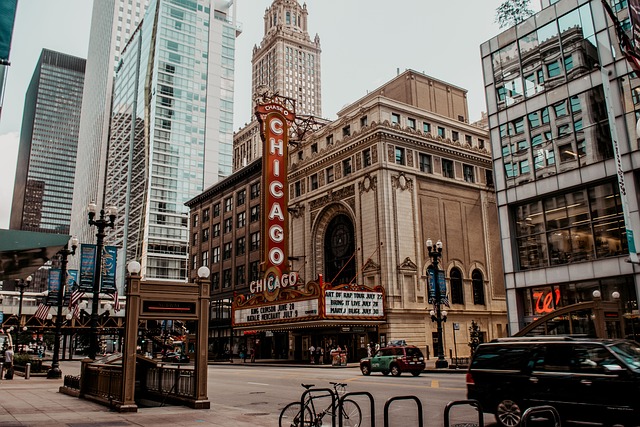
Smoke damage from a fire can leave a profound impact on properties in Chicago, affecting both the physical structure and personal belongings. When smoke enters a building, it doesn’t just cause visible charring; it also leaves behind harmful residues and odors that can persist for months if not properly addressed. This type of damage is particularly challenging because it’s often invisible to the naked eye, yet it can significantly reduce a property’s value and pose health risks to occupants.
In Chicago, where real estate is highly competitive, selling a fire-damaged home can be a complex process. Prospective buyers typically conduct inspections as part of their purchase consideration. Evidence of extensive smoke damage could prompt them to renegotiate prices or even walk away from the deal. Therefore, understanding and remediating smoke damage swiftly and effectively is crucial for both property owners and real estate agents looking to sell fire-damaged properties in Chicago.
The Process ofSmoke Damage Remediation: Step-by-Step Guide

Smoke damage remediation is a specialized process that requires expert knowledge and equipment. When dealing with a fire-damaged property in Chicago, it’s crucial to follow a structured approach to ensure thorough cleaning and restoration. Here’s a step-by-step guide to help you navigate the process of smoke damage remediation:
1. Inspection and Assessment: The first step involves a comprehensive inspection by a certified remediation professional. They will assess the extent of the smoke damage, identify affected areas, and determine the best course of action. This includes checking for visible signs of smoke, identifying odours, and evaluating structural integrity.
2. Containment and Isolation: Before beginning any work, the area must be contained and isolated to prevent further contamination. Professionals will use containment barriers, air scrubbers, and negative pressure systems to seal off the damaged areas and ensure that contaminated air doesn’t spread throughout the property. This step is critical for maintaining a healthy environment for both occupants and workers.
3. Removal of Contaminants: Once contained, all visible evidence of smoke damage must be removed. This includes charred materials, debris, and any contaminated personal belongings. Professionals use specialized equipment like HEPA vacuums and power washers to safely eliminate these contaminants without causing further harm.
4. Cleaning and Deodorization: The next phase involves deep cleaning the affected areas using non-toxic, environmentally friendly cleaning solutions. This step addresses any residual soot or ash particles that may have been left behind. Additionally, deodorization is performed to remove the lingering smoke odour, making the space more comfortable for residents and potential buyers if you’re looking to sell a fire-damaged house in Chicago.
5. Repairs and Restoration: After thorough cleaning, any structural repairs necessary are made. This could include replacing drywall, repainting, or repairing other damaged surfaces. Once the repairs are complete, professionals may apply special coatings or finishes to protect against future smoke damage.
Legal and Insurance Considerations for Selling a Fire-Damaged House
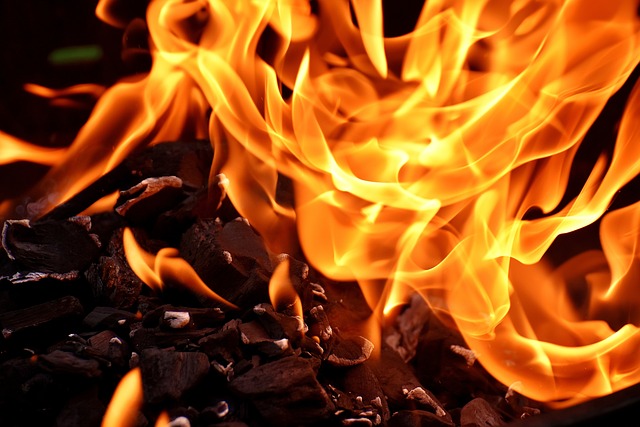
When considering selling a fire-damaged home in Chicago, it’s crucial to understand the legal and insurance implications. After a fire, homeowners often face complex processes to ensure their property is safe for sale. The first step involves assessing any structural damage and ensuring proper remediation, including smoke damage cleanup, to meet local building codes. This process may require specialized cleaning services to remove hazardous substances left behind by the fire.
From a legal perspective, Chicago has specific regulations regarding the disclosure of fire damage to potential buyers. Sellers must be transparent about any known issues, as concealing such details could lead to legal repercussions and future disputes. Insurance coverage also plays a significant role; policies may vary in how they handle smoke damage, so reviewing your policy and understanding coverage limits is essential before embarking on the sale process.
Restoring Your Home: Tips for Effective Post-Fire Cleaning
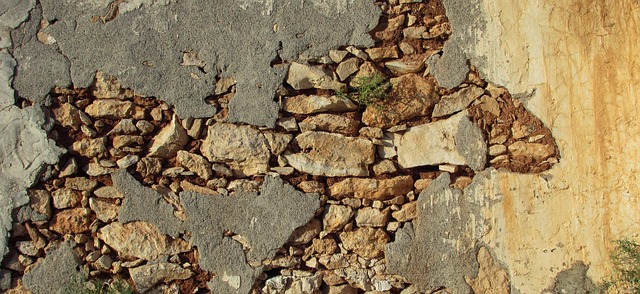
After a fire, restoring your home in Chicago can seem daunting. The first step is to assess the damage and create a plan. Begin by ensuring your safety; wear protective gear when entering the property due to potential hazardous materials like smoke and ash. Document the damage for insurance purposes—take photos or videos of affected areas, including structural damage, melted contents, and blackened surfaces.
Next, remove all burnt items and debris. Use damp cloths or water to wipe down surfaces to prevent further smoke absorption. For walls and ceilings, consider a more thorough cleaning with specialized equipment designed to eliminate smoke odors and stains. Remember, if your home is extensively damaged, consult professionals for safe removal and proper disposal of contaminated materials. This step is crucial before attempting any renovation, especially when aiming to sell fire-damaged properties in Chicago.
Smoke damage remediation is a complex process that requires expert knowledge and specialized equipment, especially in densely populated areas like Chicago. Understanding the legal implications of selling a fire-damaged house in Illinois is crucial for homeowners looking to move forward. By following a comprehensive step-by-step guide and implementing effective post-fire cleaning tips, property owners can ensure their homes are restored safely and efficiently. Remember, if you’re considering selling a fire-damaged property in Chicago, consult with professionals who specialize in smoke damage remediation and familiarize yourself with local regulations to make an informed decision.
